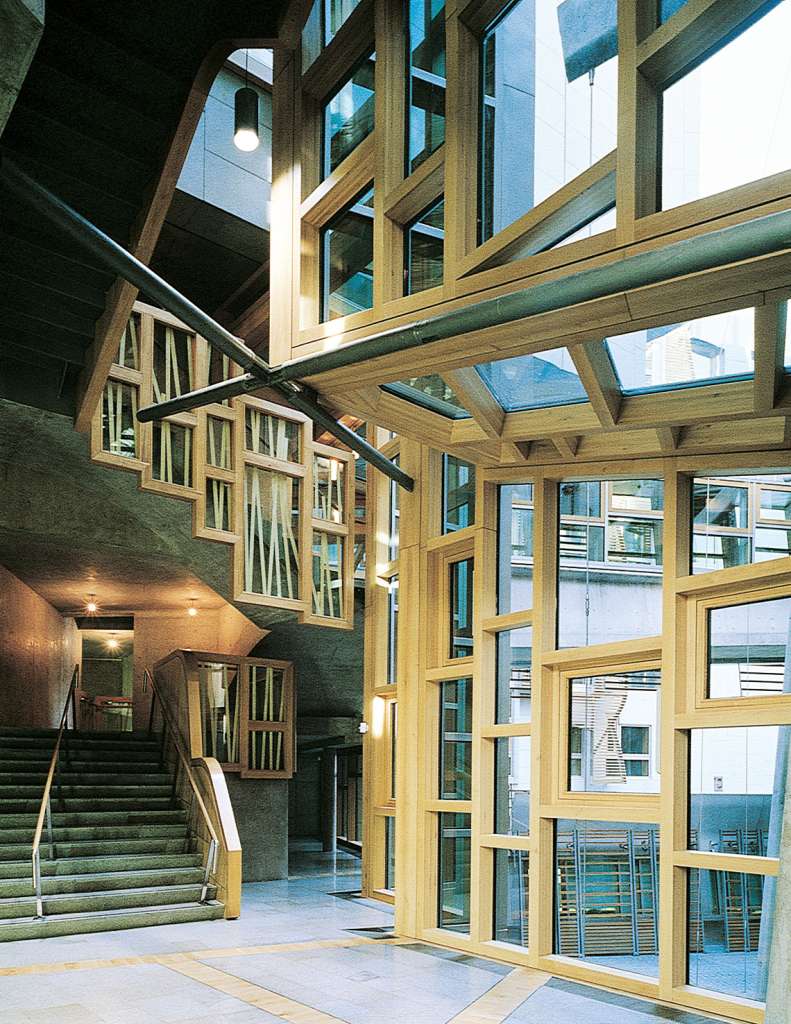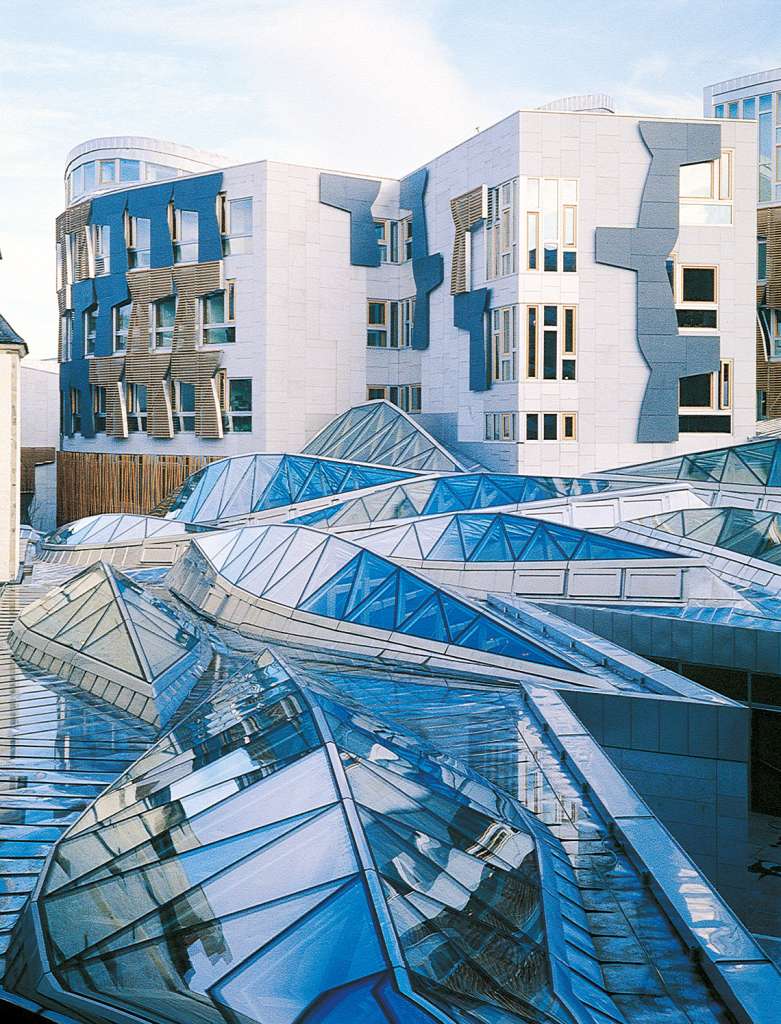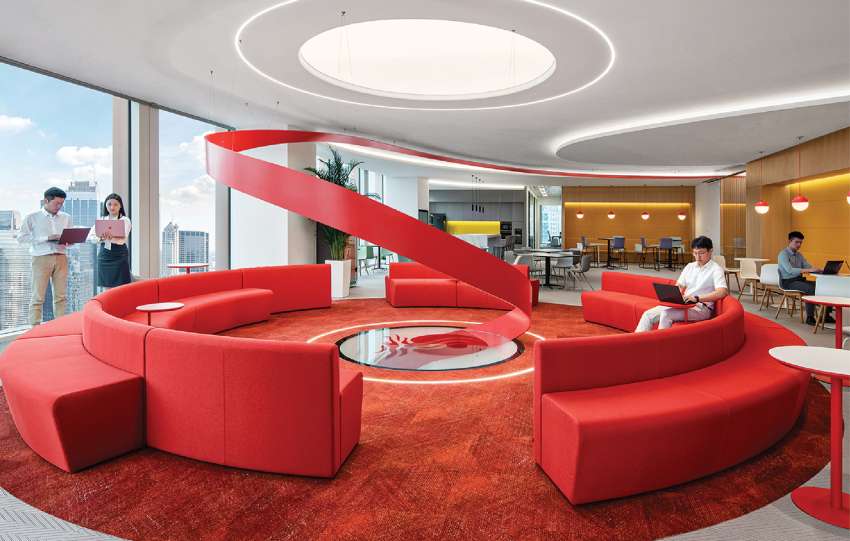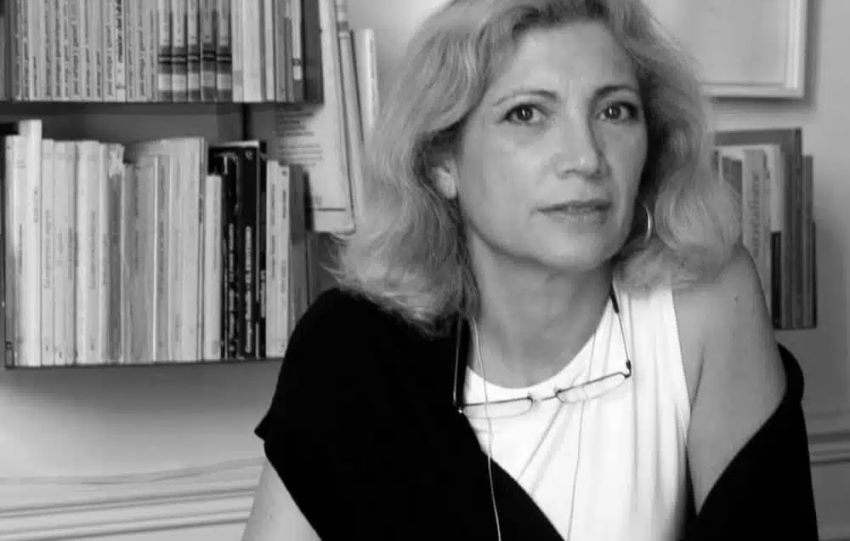Benedetta Tagliabue is a renowned Italian architect celebrated for her innovative, context-sensitive, and poetic approach to design. As the co-founder and principal of the international architecture firm Miralles Tagliabue EMBT, her work is characterized by an organic, fluid form-making that embraces local traditions, materials, and urban culture. Through her architecture, Tagliabue tells stories—about cities, history, memory, and people—blending art, craft, and modern sensibility with a deep humanistic vision.
Early Life and Education
Benedetta Tagliabue was born in Milan, Italy, in 1963, a city known for its design heritage, fashion, and architecture. Growing up in a culturally rich environment nurtured her passion for the arts and her curiosity for architectural expression.
She studied architecture at the prestigious Istituto Universitario di Architettura di Venezia (IUAV), where she graduated in 1989. During her time at IUAV, she was deeply influenced by the postmodernist discourse and the legacy of Venetian architecture. However, her approach eventually evolved toward a more site-responsive and narrative-driven architecture.
Tagliabue’s early career took a transformative turn when she moved to Barcelona, a city on the cusp of architectural renaissance in the post-Franco era and pre-Olympic transformation. Here, she met the visionary Catalan architect Enric Miralles, whom she would later marry and collaborate with professionally.
The Formation of EMBT and Career Development
In 1994, Benedetta Tagliabue and Enric Miralles co-founded Miralles Tagliabue EMBT, a studio that quickly rose to prominence for its experimental and emotionally rich architectural language. EMBT became known for designs that resisted strict formalism and instead embraced organic geometries, vernacular materials, and layered historical references.
Tragically, Enric Miralles passed away in 2000 at the age of 45, at the height of his career. Benedetta Tagliabue made the courageous and visionary decision to continue their shared practice under the EMBT banner, preserving Miralles’ legacy while steering the firm forward with her own evolving perspective.
Under Tagliabue’s leadership, EMBT expanded internationally and became involved in large-scale urban, cultural, and civic projects in countries including Spain, Italy, China, Germany, and the UK. She has maintained the firm’s design ethos: intuitive forms, crafted details, and a deep-rooted connection to place.
Recognition and Teaching
Benedetta Tagliabue is not only a practicing architect but also a prominent voice in architectural education and discourse. She has been a guest professor and lecturer at institutions including Columbia University, Harvard GSD, and the Architectural Association in London.
Her work has earned numerous accolades, including the RIBA International Fellowship (2013), and she served on the jury of the Pritzker Architecture Prize in 2014. Her approach continues to inspire architects who seek a more sensual, organic, and human-centric architecture in contrast to the often rigid and abstract tendencies of modernism.
Signature Project: The Scottish Parliament Building, Edinburgh (1999–2004)
Though begun in collaboration with Enric Miralles, the Scottish Parliament Building in Edinburgh stands as one of the most iconic projects that Benedetta Tagliabue carried through after his death. It is widely regarded as a masterpiece of civic architecture and remains a powerful symbol of cultural identity, democracy, and architectural imagination.
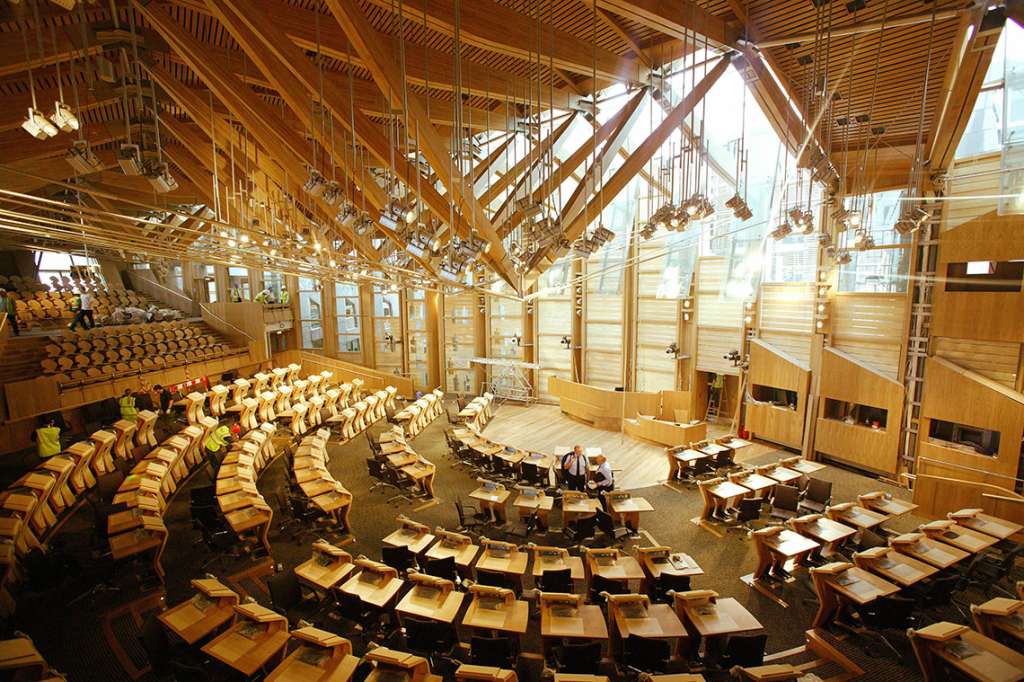

Design Context and Philosophy
Located at the foot of Edinburgh’s Royal Mile, with Arthur’s Seat rising in the backdrop, the Scottish Parliament was envisioned as a building that would grow organically out of the Scottish landscape. It was conceived not as a monument to power, but as an extension of the people and land it was meant to serve.
The design rejected the traditional grandeur of government buildings and instead employed fragmented, low-slung volumes inspired by Scottish topography, vernacular architecture, and even the shapes of upturned boats—a nod to the country’s maritime culture.
Materiality and Symbolism
The building is a collage of materials: Scottish granite, oak, steel, and glass. These materials are not just structural—they carry cultural and symbolic weight. The interplay of light and texture within the interiors evokes the changing Scottish weather, while the building’s fragmented facade opens up to the surrounding landscape rather than dominating it.
One of the most striking features is the debating chamber, which is bathed in natural light and constructed almost entirely of native wood. The chamber emphasizes openness, collaboration, and equality—reflecting the democratic ideals of the new devolved Scottish government.

Completion and Legacy
After Miralles’ death in 2000, Tagliabue took on the enormous responsibility of completing the complex and politically sensitive project. Despite public controversy over delays and cost overruns, the building was eventually completed in 2004, and its architectural brilliance has since been widely recognized.
The Scottish Parliament Building went on to win the Stirling Prize for Architecture (2005) and remains one of the most important government buildings constructed in recent history. It redefined how civic institutions could be imagined—not as symbols of state authority, but as expressions of national character, landscape, and shared values.
For Benedetta Tagliabue, the project marked a profound personal and professional journey: completing the vision she had begun with her partner, while cementing her role as a major force in global architecture.
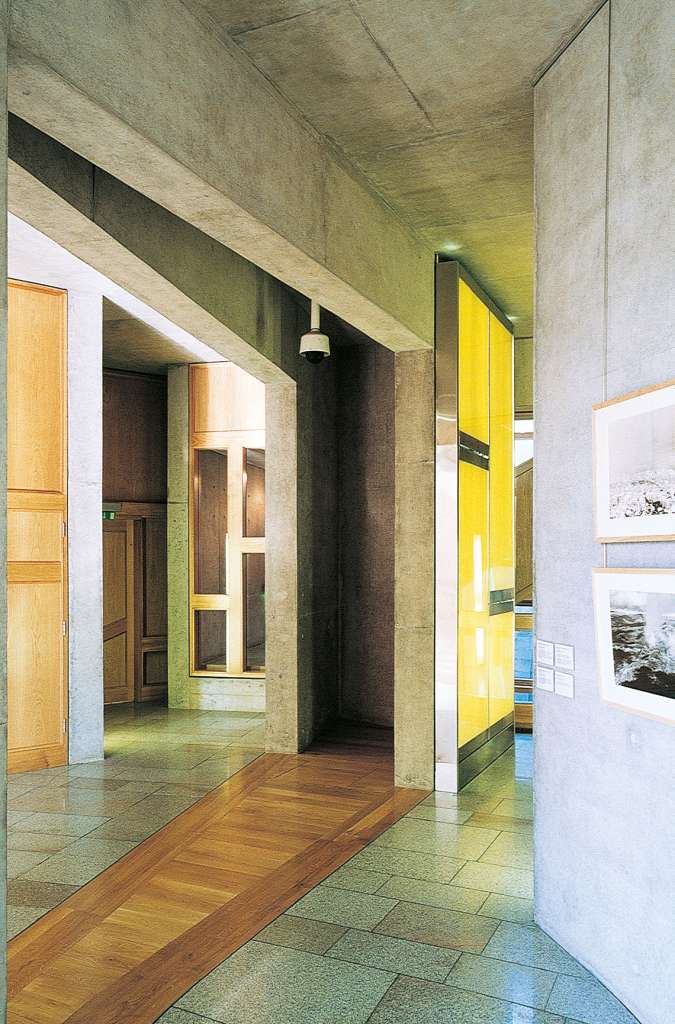
Conclusion
Benedetta Tagliabue is an architect who designs with intuition, empathy, and a rare ability to listen to place, people, and history. Her work resists stylistic conformity and instead invites discovery, dialogue, and delight. Whether it’s a parliament, a pavilion, or a neighborhood revitalization, Tagliabue’s projects are marked by narrative richness, crafted detail, and an openness to cultural expression.
Through her stewardship of EMBT, Tagliabue has carried forward the legacy of Enric Miralles while forging her own architectural voice—one that is responsive, experimental, and rooted in humanity. In a world increasingly shaped by digital abstraction and standardization, Benedetta Tagliabue’s architecture reminds us of the power of the handmade, the poetic, and the personal.
